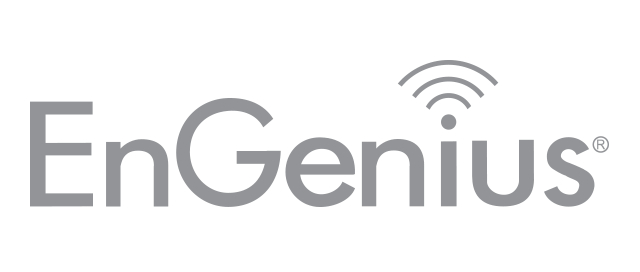

WiFi 7 is the upcoming Wi-Fi standard set by the Institute of Electrical and Electronics Engineers (IEEE). It will work across all three wireless bands (2.4 GHz, 5 GHz, and 6 GHz) and will be differentiated from its previous WiFi 6 predecessor by making a performance gain for consumers by having extreme speed and low latency. What that means to you is that you can take advantage of 8k video streaming, experience Virtual Reality (VR) or extended reality (XR), and utilize multi and simultaneous video conferencing. The use cases for consumers and businesses will explode as we explore what else we can do with our devices with WiFi 7.
WiFi 7 Channels
Each channel on WiFi 7 will be 320 MHz, double the previous WiFi generations. In short, the new modulation will allow for greatly denser data packets to travel on wider channels. That means a WiFi 7 device will have a potential maximum data rate speed double that of any WiFi6/6E device. You’ll be able to watch 4k and 8k videos, play online games without lag, download large files in seconds, and much more.
Multi-link Operation and Latency
Today’s Wi-Fi devices provide access to multiple wireless bands, discussed earlier, but typically only use a single link to transmit data, only switching to another if conditions change. Wi-Fi 7 will introduce multi-link operation (MLO) options that allow devices to connect simultaneously on two bands, leading to increased throughput, reduced latency, and increased reliability. This means that your data will now have more bands to travel on and create quicker connections even in congested areas or share the same redundant data to ensure that it arrives in case the other fails. MLO is excellent for emerging technologies like cloud computing, online gaming, VR/AR, and video streaming.
Use Cases & Applications
Wi-Fi 7 will impact both everyday consumers and enterprises big and small across the globe. With its increased capacity and speeds and all the benefits that Wi-Fi 7 will bring, let’s explore the applications of Wi-Fi 7.
